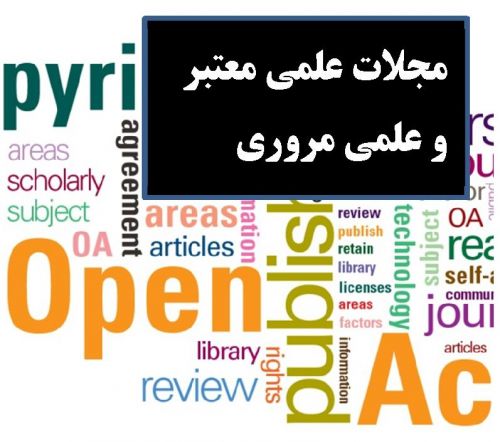Urbanization intensifying after the industrial revolution and this trend continued in the second half of the twentieth century and the beginning of the third millennium, has brought the social classification but tragic in new ways. An increasing, in urban population, caused in an unequal struggle, economically weak segments of society marginalized and undermined the principle of social justice in the context of the enjoyment of facilities and utilities to be provided. In this regard, in order to check the status of public utilities to urban areas, 11 districts in Sari, for example, to be measured the degree of social justice in the provided services in the chosen areas. According to studies, the population of Sari (within the law) has become, from 1335 to 1390, approximately 12-fold, has reached from 26 thousands in 1335 to 296 thousands in 1390. So that, the unbalanced processes of urban utilities, social justice, environment and urban sustainability has been put into question. Therefore, this describing article, by using an quantitative analysis models, Williamson, standardized values and the human development combined index (HDI); Sari areas has been analyzed and finally has been investigated to rank sites based on the obtained results. The results show, only, can provide a mechanism for the distribution of appropriate utilities to the needs of the population, to reached equilibrium in the city of Sari.
کلید واژگان :Public Utilities, Social Justice, Williamson’s models - standardized points and HDI, Sari
ارزش ریالی : 500000 ریال
با پرداخت الکترونیک
جزئیات مقاله
- کد شناسه : 4146877965439486
- سال انتشار : 2015
- نوع مقاله : پذیرفته شده در سایر مجلات علمی معتبر و علمی مروری و ISC
- زبان : انگلیسی
- محل پذیرش : Applied mathematics in Engineering, Management and Technology
- برگزار کنندگان :
- ISSN :
- تاریخ ثبت : 1395/04/27 22:50:54
- ثبت کننده : خضر شمسی
- تعداد بازدید : 292
- تعداد فروش : 0
